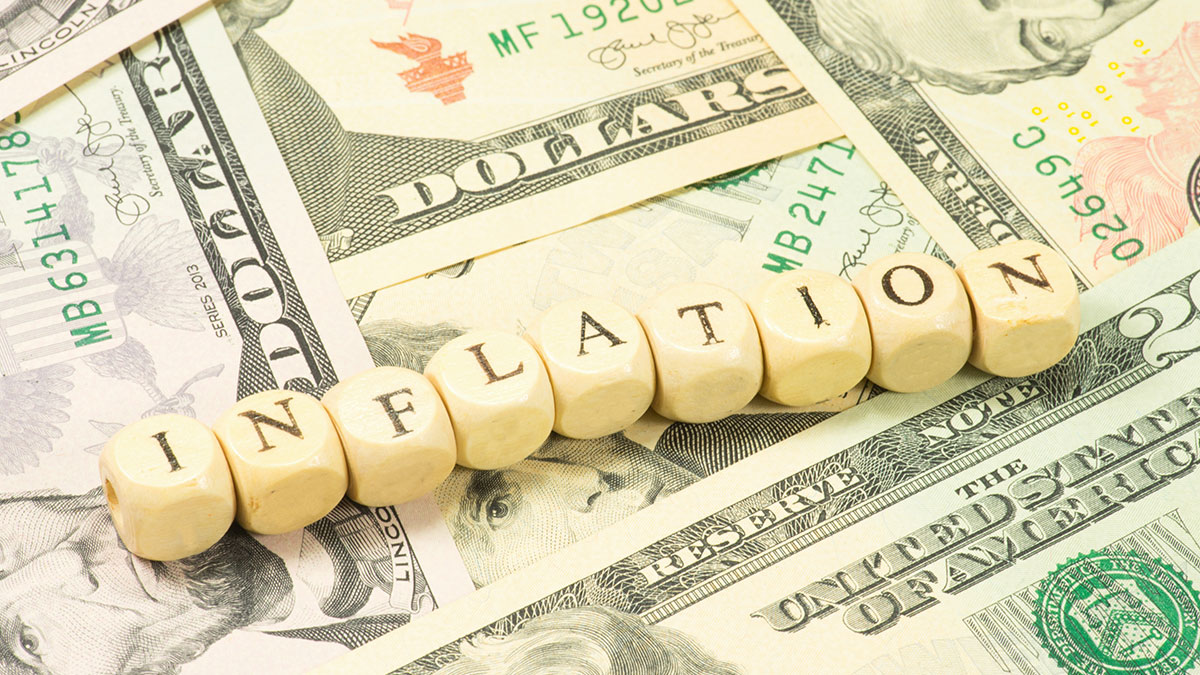It’s Back! Inflation is Among Us

Recent high inflation rates are driving up the price for almost everything and eroding the value of your money. With varying opinions on the potential duration of the current inflation surge, it’s important to understand the causes and how you can protect your money.
Possible causes of this inflation
While the root causes of inflation are not always easy to identify, the premise is simple – prices are going up for goods and services. This is often because demand is higher than supply. Here are some of the basic drivers of today’s inflation.
- The demand-pull situation. Demand for a product increases but the supply remains the same. Think of a vendor selling ponchos at a state fair. If it rains, demand is going to spike and fair-goers are willing to pay up to keep dry. This situation is rampant during the pandemic, as we all see runs on things like toilet paper and hand sanitizer. And now we are seeing pent-up demand being released, as some of the pandemic restrictions are eased. An example of this is popular vacation locations being all booked in advance.
- The cost-push situation. Demand stays constant but supply is reduced. An example of this is a lower-yield crop season when a major drought hits a region. Consumers still want their dinner salads, but lettuce is sparse. So retailers charge more to cover their increased costs. Or when paper mills switched production to handle higher toilet paper demand, pulp used for paper and packaging had supply reductions creating a shortage which increased their prices.
- Factoring in the money supply. The more money there is available to spend (high money supply), the more the demand on all goods and services goes up. This is being manifested in wage increases as employers are having a hard time filling jobs and is also the result of many of the government spending programs during the pandemic.
Ideas to protect yourself during high inflation
- Alternative savings that is NOT cash. The value of your money sitting in your wallet or in low interest bank accounts is shrinking before your eyes. The past year has seen the highest inflation rates in the last decade at 5.4%, according to the Consumer Price Index (CPI). That means if your savings account is earning 0.6%, you’ve lost 4.8% in purchasing power over the last 12 months. Get your money to work for you by considering:
- Low risk, dividend-paying stocks
- CDs, bonds and other investments with various maturities to prepare for higher rates
- Direct lending vehicles through vetted, respected facilitators
- Investing directly in property, small businesses or other tangible assets
- Invest in yourself to learn a new trade or skill
- Lock in fixed rates on debt. Inflation can be your friend if you have a low interest, fixed-rate loan. For example, inflation will tend to increase the value of your house over time, yet your monthly payment will remain the same. So borrowing money at a low fixed interest rate, while the underlying property value increases with inflation, can be a strategy to consider.
- Delay large expenditures. Do your part to reduce demand by postponing large purchases. Consider delaying the purchase of a new car, adding to your home or taking an overseas trip until demand flattens and prices come back to a normal rate.
It’s impossible to avoid the effects of high inflation altogether, but with some smart investing and the will-power to temporarily curb spending, you can reduce inflation’s impact on your personal bottom line.




